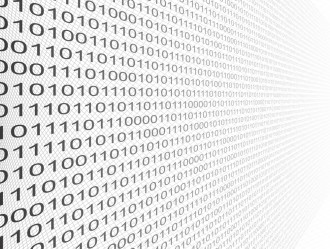April 28, 2020
Ha Ha, Our New Robot Overlords Can’t Get Patents
On July 29, 2019, U.S. Patent Application Serial No. 16/524350 was filed naming DABUS as the inventor and Stephen L. Thaler as as the assignee/applicant. Papers accompanying the application clarified that the invention was conceived by a “creativity machine” name DABUS, and it should be named as the inventor of the application. On August 8, the U.S. Patent and Trademark Office issued a Notice to File Missing Parts of Nonprovisional Application.
On January 20, 2020, the Applicant filed a Petition to vacate the August 8 Notice, contending that inventorship should not be limited to natural persons and, therefore, the naming of DABUS as the inventor in the application was proper, and thus the Notice was unwarranted and/or void.
The Commissioner’s decision states that to the extent the petitioner argues that an “inventor” could be construed to cover machines, the patent statutes preclude such a broad interpretation. Interpreting “inventor” broadly to encompass machines would contradict the plain reading of the patent statutes that refer to persons and individuals. The Commissioner also relied upon the Federal Circuit in Univ. of Utah v. Max-Planck-Gesellschafl zur Forderung der Wissenschaflen e.V., where the Federal Circuit held that a state could not be an inventor. Further, Beech Aircraft Corp. v. EDO Corp. stated that: “only natural persons can be ‘inventors.”
The Commissioner concluded that because the application names a machine, DABUS, as the inventor, and because current statutes, case law, and USPTO regulations and rules limit inventorship to natural persons, the application does not comply with 35 U.S.C. § 115(a), and thus the USPTO properly issued the August 8, 2019 Notice requiring the inventor to be identified by his or her legal name.
The Commissioner also rejected Petitioner’s argument that the USPTO has granted patents relating to the DABUS machine and, thus implicitly legalized the process by which DABUS arrive at an invention. The granting of a patent under 35 U.S.C. § 151 for an invention that covers a machine does not mean that the patent statutes provide for that machine to be listed as an inventor in another patent application any more than a patent for a camera allows the camera hold a copyright. A machine does not qualify as an inventor under patent law.
Finally, the Commissioner rejected Petitioner’s public policy arguments, including that allowing a machine to be listed as an inventor would incentivize innovation using AI systems, reduce the improper naming of persons as inventors who do not qualify as inventors, and support the public notice function by informing the public of the actual inventors of an invention.
The Commissioner found that these policy considerations do not overcome the plain language of the patent laws as passed by the Congress and as interpreted by the courts.





































